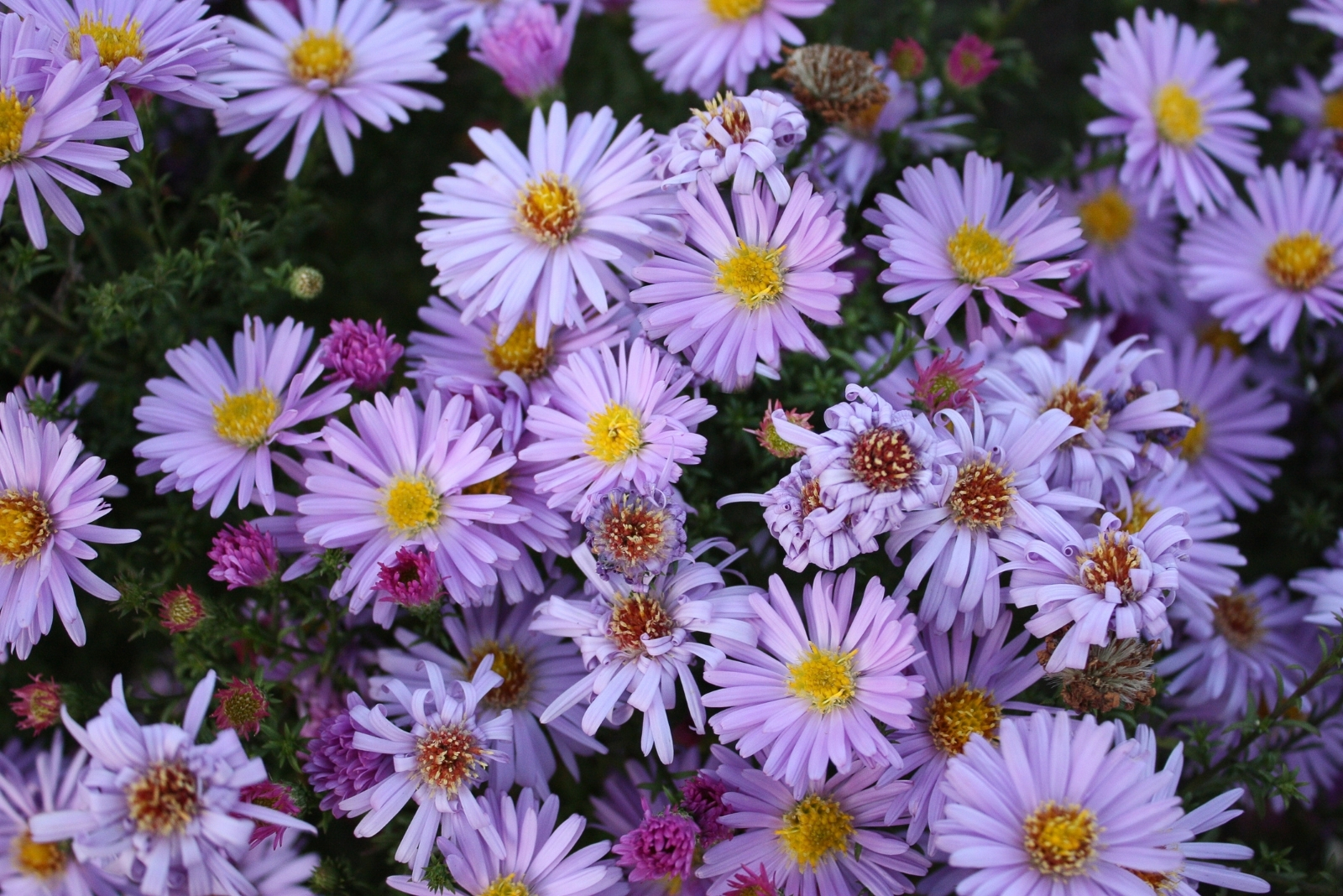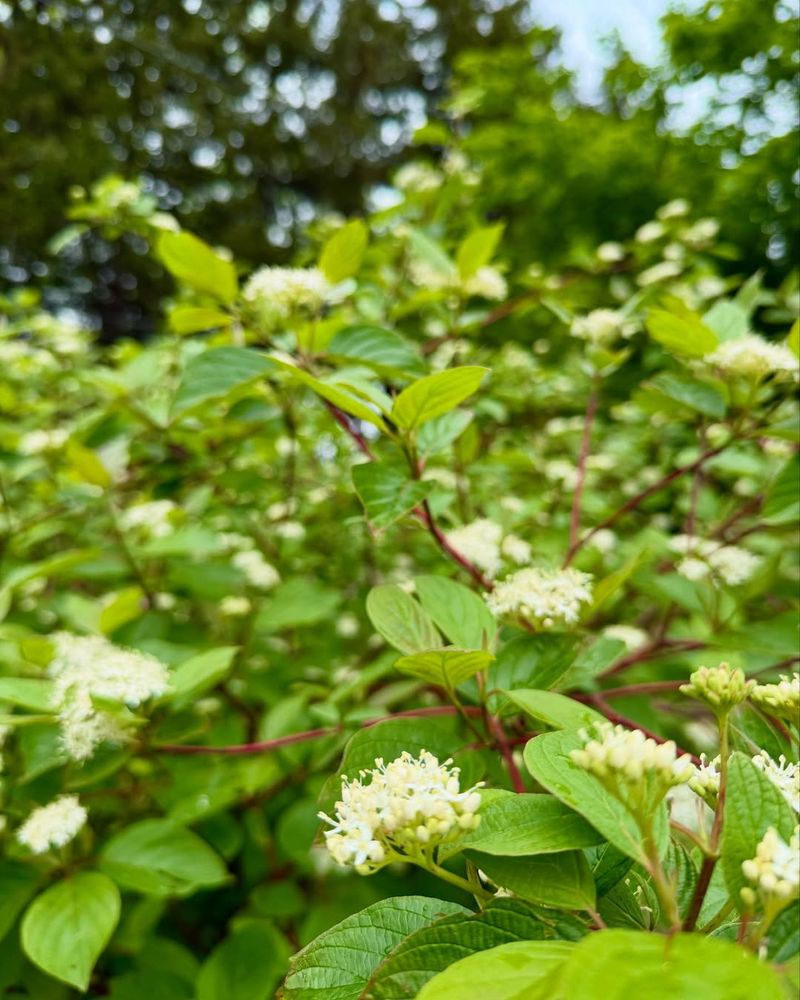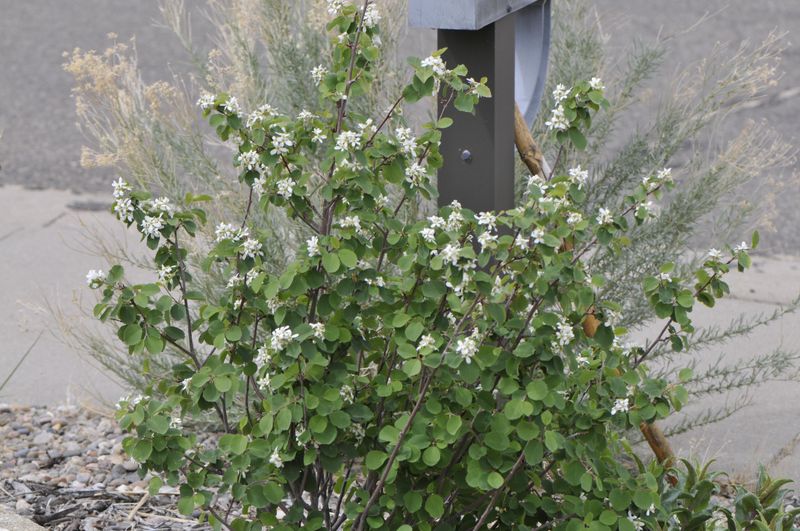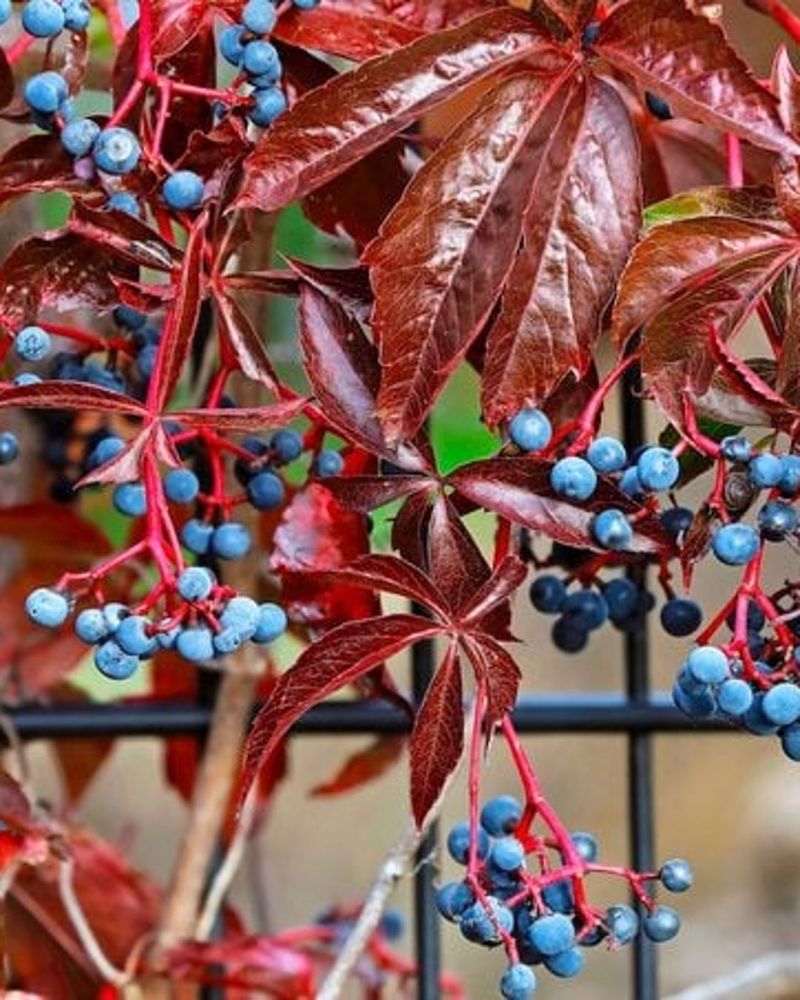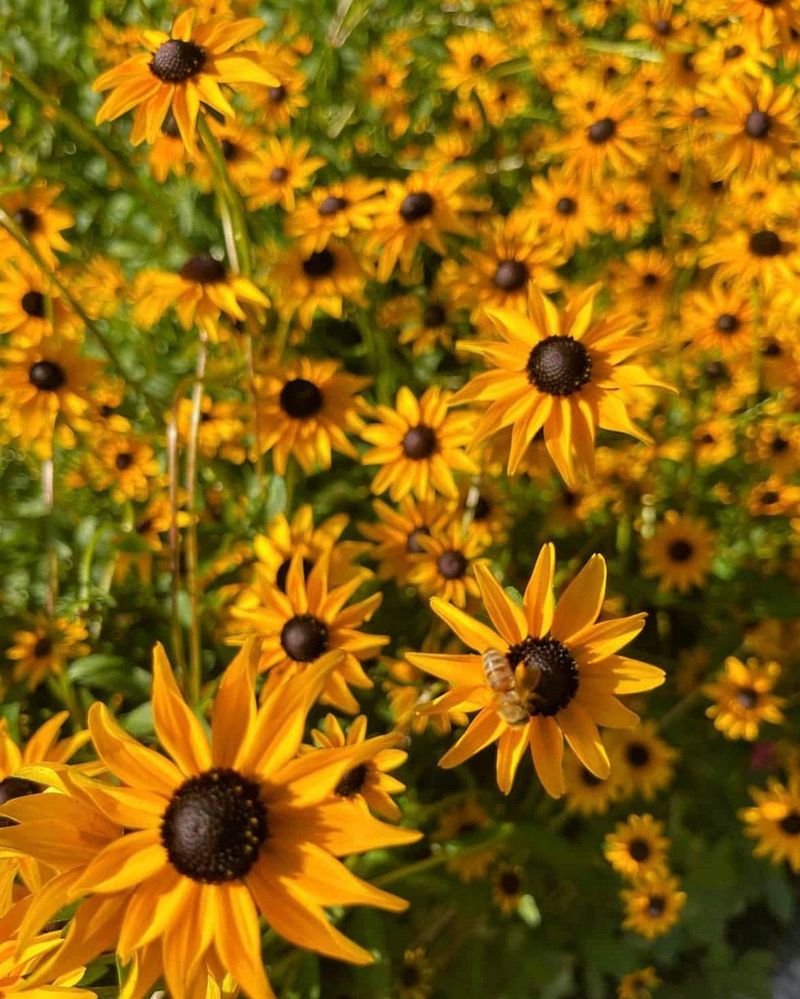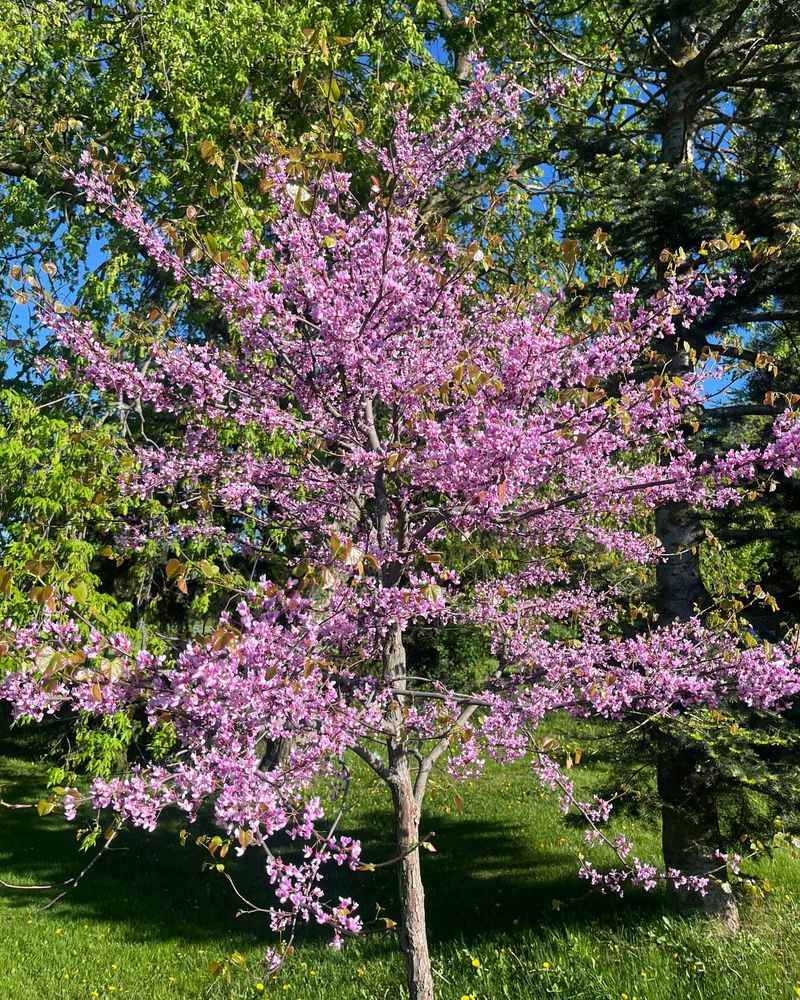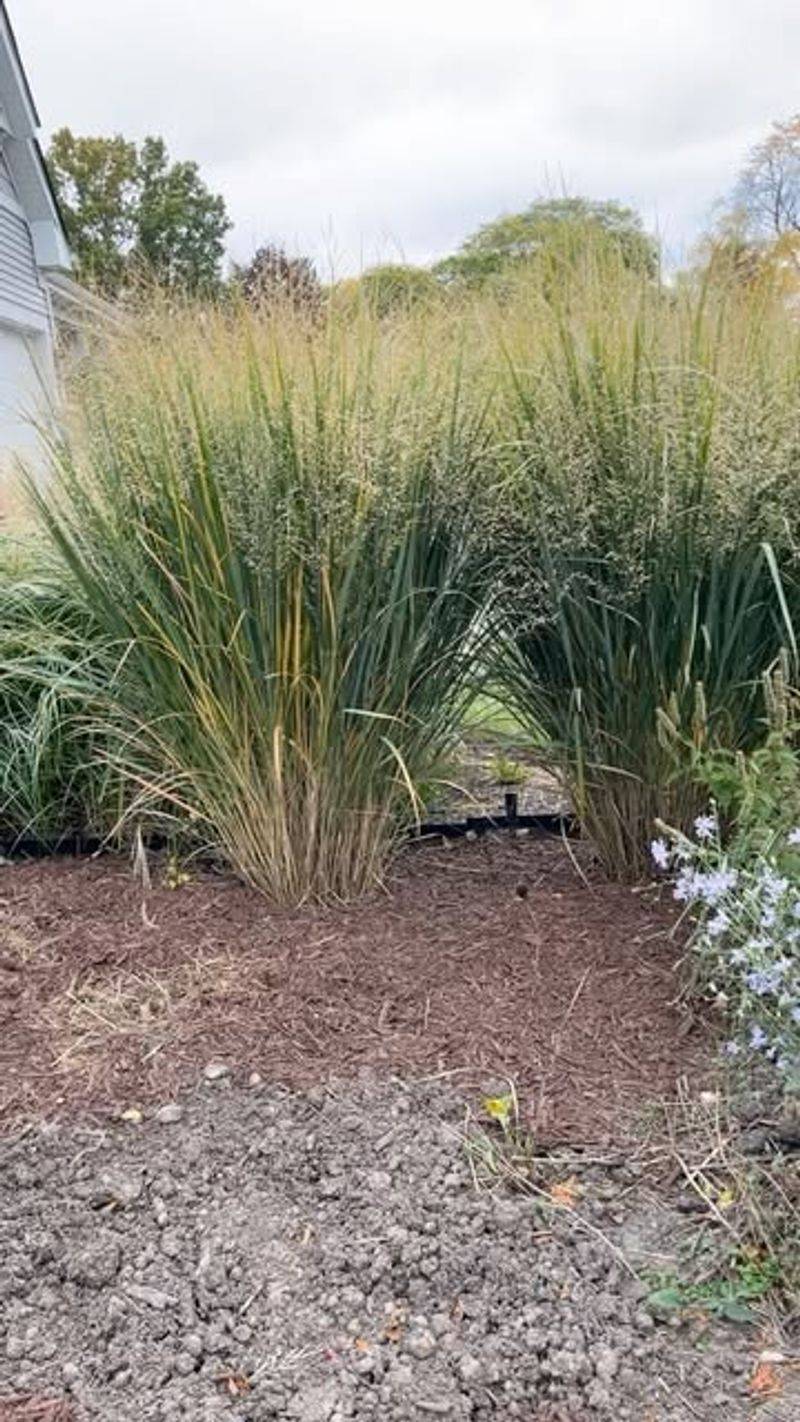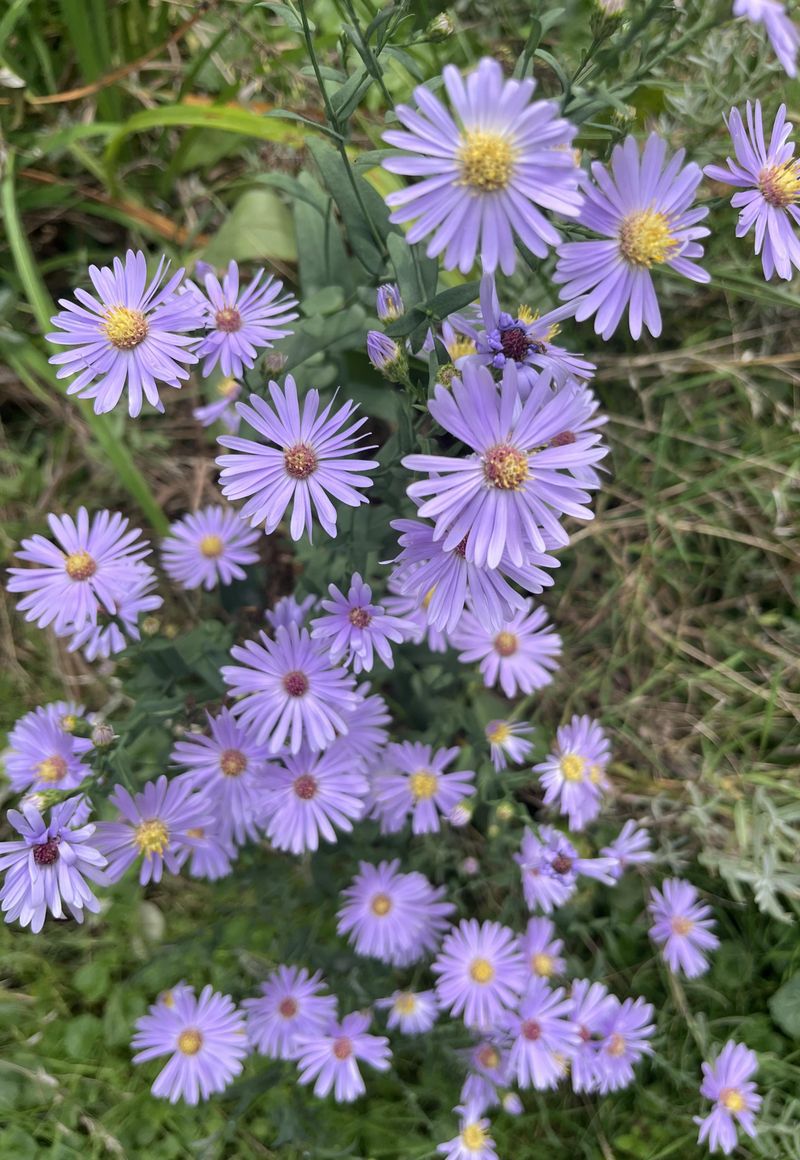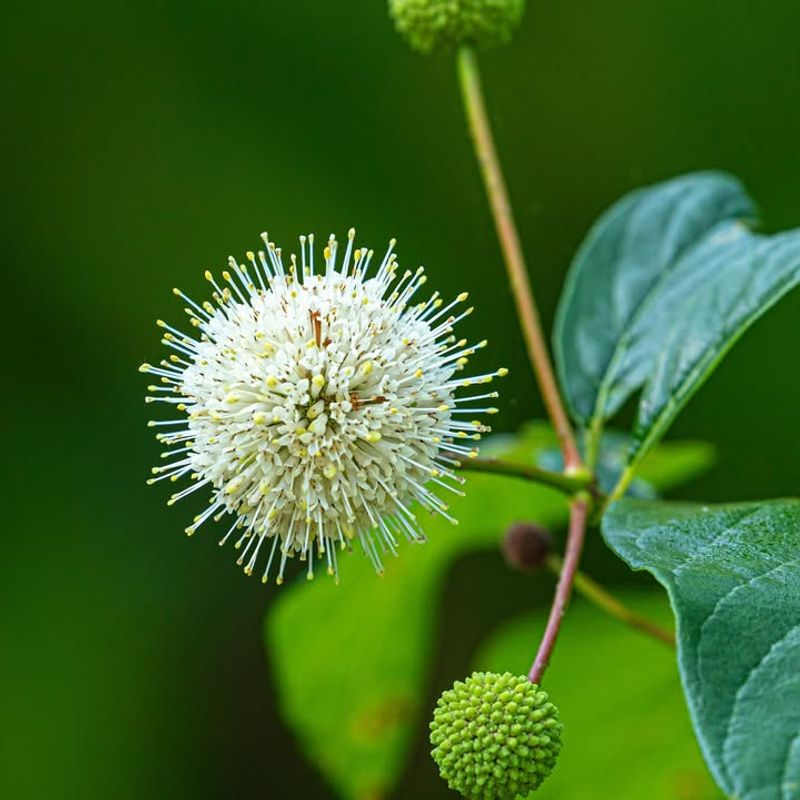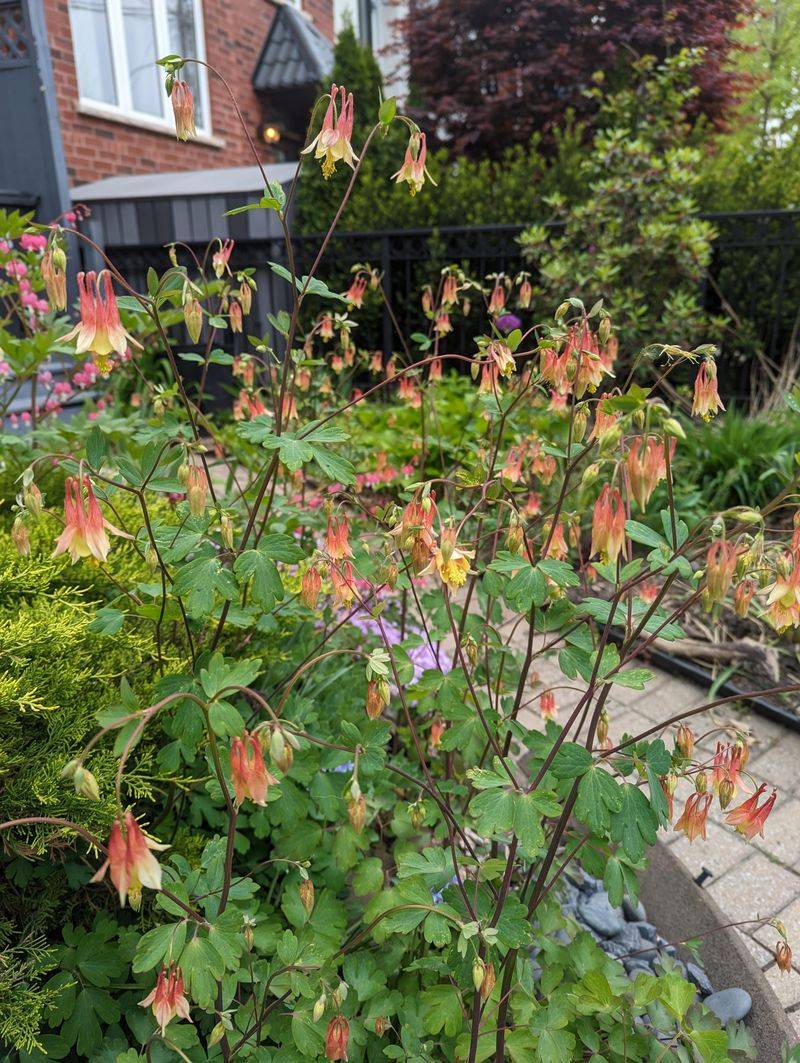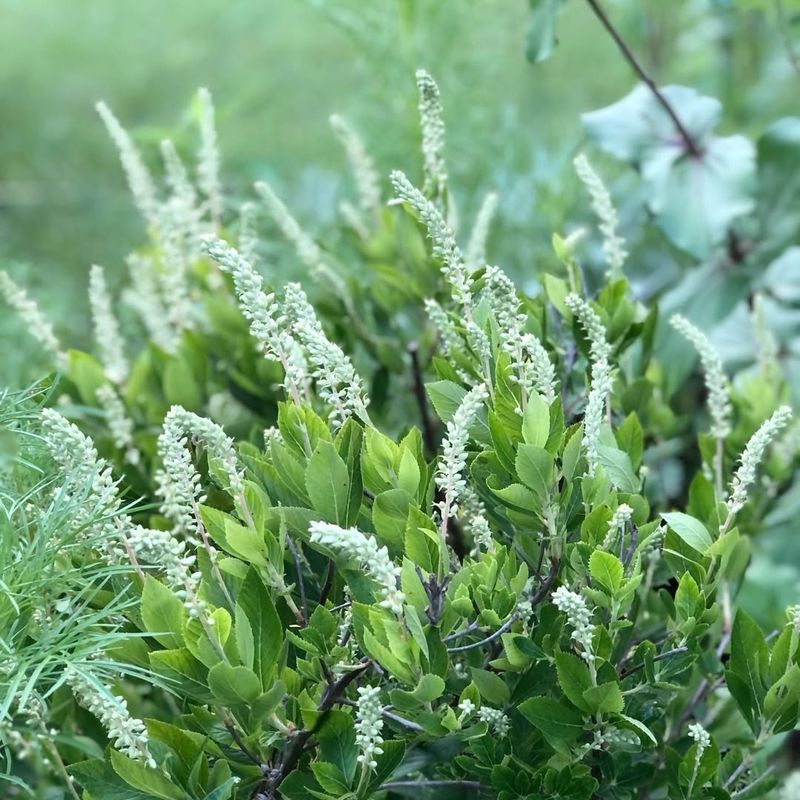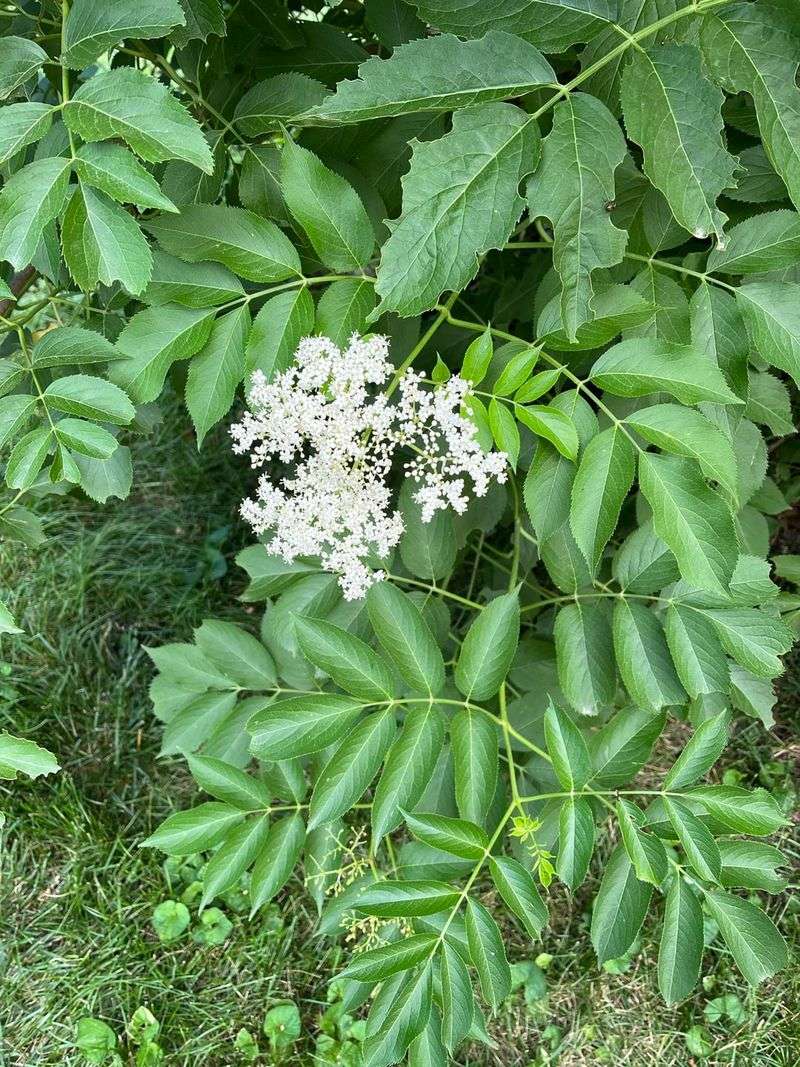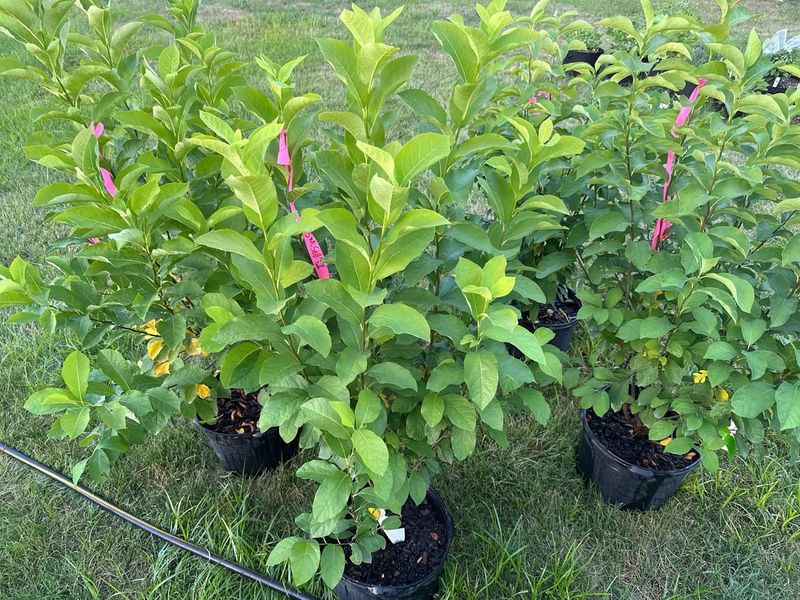New York gardens often host ornamental plants that spread too aggressively. Replacing them with native alternatives protects local wildlife and keeps your garden balanced.
These swaps also bring charm and resilience to your landscape. Your garden will feel healthier and more vibrant with the right native choices.
1. Red Osier Dogwood Instead of Burning Bush
Burning bush spreads aggressively throughout New York forests, but red osier dogwood offers stunning red stems without the ecological damage. Bright crimson branches create winter interest while white berries feed birds during colder months.
Growing easily in wet or dry soil, this shrub adapts to various garden conditions. Native wildlife depends on it for food and shelter, making your landscape truly functional for local ecosystems across New York.
2. Serviceberry as a Japanese Barberry Replacement
Japanese barberry creates dense thickets that harbor ticks, but serviceberry brings beauty without the health risks. Delicate white spring blossoms transform into edible purple berries by summer, attracting songbirds throughout New York neighborhoods.
Stunning fall foliage ranges from orange to deep red, rivaling any ornamental shrub. Deer tend to leave it alone, and it thrives in partial shade or full sun, adapting to most New York garden settings effortlessly.
3. Virginia Creeper Over English Ivy
English ivy smothers trees and buildings across New York, but Virginia creeper provides similar coverage with ecological benefits. Five-leafed vines climb naturally without damaging structures, turning brilliant scarlet each autumn.
Birds feast on the dark blue berries, which appear in late summer and persist into fall. Fast-growing and hardy, this native vine thrives in New York’s climate, offering ground cover or vertical interest wherever you need it most.
4. Black-Eyed Susan to Replace Dame’s Rocket
Dame’s rocket invades roadsides and meadows, but black-eyed Susan brings cheerful golden blooms without the aggressive spread. Bright yellow petals with dark centers bloom from June through September, attracting butterflies and bees throughout New York summers.
Drought-tolerant once established, these perennials require minimal maintenance in garden beds or wildflower meadows. Goldfinches adore the seeds, providing late-season entertainment as they feast across your New York landscape.
5. Eastern Redbud Instead of Callery Pear
Callery pear trees have become invasive nightmares across New York, with weak branches and aggressive spreading habits. Eastern redbud offers spectacular spring color with magenta-pink blossoms covering bare branches before leaves emerge.
Heart-shaped leaves provide summer shade, turning golden-yellow each fall. Growing 20 to 30 feet tall, this native tree fits perfectly in smaller New York yards while supporting native pollinators and adding year-round visual interest to your landscape.
6. Switchgrass as an Alternative to Miscanthus
Miscanthus grass spreads rapidly through New York wetlands, but switchgrass provides similar ornamental appeal without environmental harm. Upright clumps reach four to six feet, with airy seed heads that catch sunlight beautifully through winter months.
Birds love the seeds, and the plant provides crucial habitat for beneficial insects. Tolerating poor soil and drought conditions, switchgrass thrives throughout New York with minimal care, adding texture and movement to any garden design.
7. New York Aster Over Periwinkle
Periwinkle carpets forest floors in New York, choking out native wildflowers, but New York aster brings late-season color without the damage. Purple-blue flowers with yellow centers bloom abundantly from August through October when most plants have finished flowering.
Butterflies and native bees flock to these nectar-rich blooms during their fall migration. Growing one to three feet tall, this perennial thrives in New York gardens with average soil and moderate moisture.
8. Buttonbush to Replace Multiflora Rose
Multiflora rose creates impenetrable thorny thickets throughout New York landscapes, but buttonbush offers unique beauty without the aggressive spreading. Spherical white flowers resembling pincushions bloom in midsummer, attracting hummingbirds and butterflies with their sweet fragrance.
Thriving in wet areas where other shrubs struggle, buttonbush naturally fits along New York pond edges and rain gardens. Ducks and other waterfowl eat the nutlike seeds during fall and winter months.
9. Wild Columbine Instead of Lesser Celandine
Lesser celandine blankets New York woodlands before native plants emerge, but wild columbine provides delicate spring beauty without ecological harm. Nodding red and yellow flowers dangle gracefully above blue-green foliage, creating enchanting woodland displays.
Hummingbirds seek out these tubular blooms as soon as they arrive in spring. Growing naturally in rocky or sandy soil, wild columbine thrives in partially shaded New York gardens, self-seeding gently without becoming invasive.
10. Summersweet Clethra Over Privet Hedge
Privet hedges escape cultivation throughout New York, forming dense stands in natural areas, but summersweet clethra offers fragrant blooms and better wildlife value. White or pink flower spikes perfume the air in July and August when few other shrubs flower.
Butterflies and bees swarm these nectar-rich blooms during peak summer heat. Tolerating wet soil and coastal conditions, summersweet adapts perfectly to challenging New York sites while providing attractive glossy foliage year-round.
11. American Elderberry as a Honeysuckle Substitute
Invasive honeysuckle vines strangle trees across New York, but American elderberry provides fruit and flowers without the destruction. Creamy white flower clusters bloom in early summer, followed by dark purple berries perfect for jams, pies, and wildlife.
Birds devour the nutritious berries while butterflies visit the fragrant blooms. Growing six to twelve feet tall, this fast-growing shrub thrives in New York’s moist soils, creating natural privacy screens with genuine ecological benefits.
12. Spicebush to Replace Autumn Olive
Autumn olive dominates New York roadsides and fields, but spicebush offers aromatic foliage and valuable wildlife benefits. Tiny yellow flowers appear in early spring before leaves unfurl, followed by bright red berries that migrating birds desperately need.
Crushing the leaves releases a wonderful spicy fragrance that gives this shrub its name. Growing naturally in woodland settings throughout New York, spicebush supports specialized butterflies while adding unique character to shaded landscape areas.

